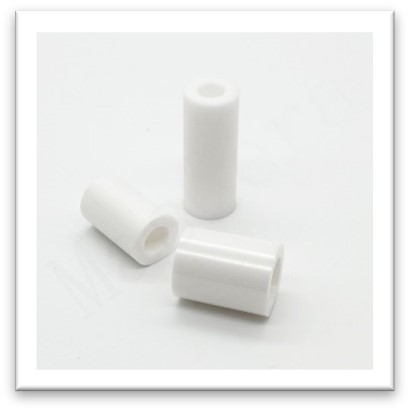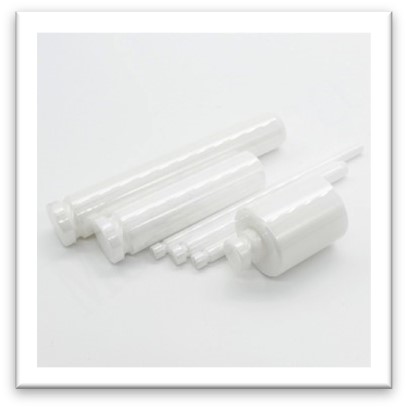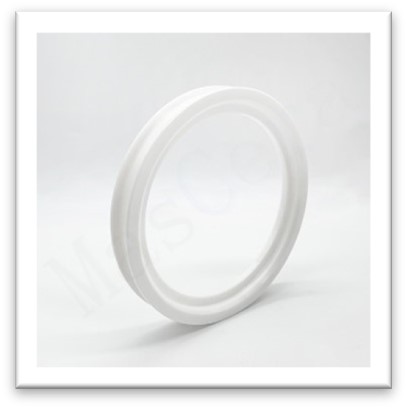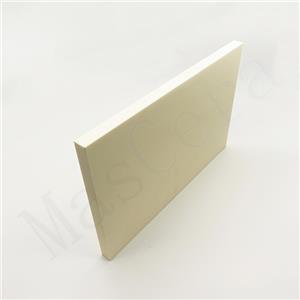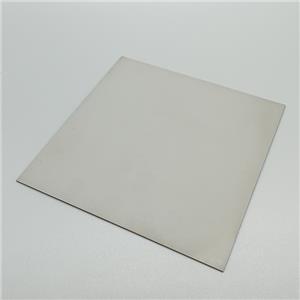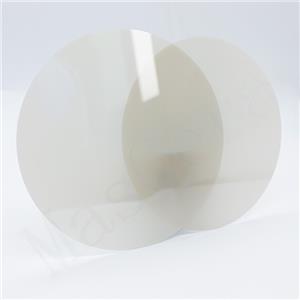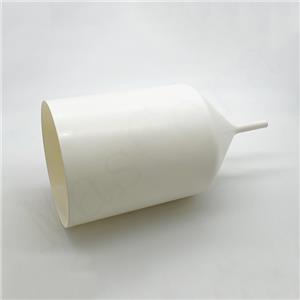Applications of Zirconia Ceramics in the Automotive Industry
With the rapid development of the automotive industry, vehicle owners increasingly demand improved performance, fuel efficiency, and environmental sustainability, driving the widespread application of new materials in automotive manufacturing. Zirconia ceramics have emerged as an important material in the automotive sector due to their exceptional mechanical strength, high-temperature resistance, wear resistance, and chemical corrosion resistance.
1、Oxygen Sensor Protectors
One of the classic applications of zirconia ceramics in automobiles is in oxygen sensors. These sensors are crucial devices in modern vehicles that control engine combustion efficiency and reduce emissions by monitoring the oxygen content in exhaust gases and adjusting the air-fuel ratio accordingly. The stable chemical properties of zirconia ceramics at high temperatures make them ideal core materials for oxygen sensors, allowing precise measurement of oxygen concentration and stable long-term operation. Given that oxygen sensors are directly exposed to high temperatures, high pressures, and corrosive gases, the high-temperature stability and oxidation resistance of zirconia ceramics make them an ideal choice.
2、Spark Plug Ceramic Insulators
Spark plugs are vital components of internal combustion engine ignition systems, with their insulator portion typically made from zirconia ceramics. Spark plugs must operate in high-temperature and high-pressure environments, and zirconia ceramics provide excellent electrical insulation and high-temperature performance, ensuring stable operation under extreme conditions. Additionally, the high hardness and impact resistance of zirconia ceramics extend the service life of spark plugs and reduce maintenance needs.
3、Turbocharger Rotors
In high-performance engines and turbocharging systems, zirconia ceramics are commonly used to manufacture turbocharger rotors. Turbochargers increase air flow and engine power output by utilizing the kinetic energy of exhaust gases. Given that turbochargers operate under high temperatures and pressures, traditional metal materials may deform or wear over time. Zirconia ceramics, with their outstanding high-temperature resistance, low density, and high strength, not only enhance the efficiency of turbochargers but also reduce engine inertia, improving overall performance.
4、Fuel Injectors
The fuel injection system is a core component of modern engines that controls fuel supply, and the precision of fuel injectors directly affects fuel atomization efficiency. Zirconia ceramic fuel injectors ensure durability due to their extremely high wear resistance and high-temperature stability, while also allowing precise control over fuel injection angles and velocities, thereby improving fuel economy and power output.
5、Brake Pads and Brake System Components
The brake system is crucial for vehicle safety, with components like brake pads operating under high temperatures and high friction conditions. Zirconia ceramics have excellent heat resistance, wear resistance, and thermal shock resistance, making them the material of choice for high-performance brake pads. Especially in racing and high-performance vehicles, zirconia ceramic brake system components maintain a stable friction coefficient at high temperatures, significantly enhancing braking performance and extending the lifespan of the braking system.
6、Sensor Components
Zirconia ceramics are widely used in various sensors in automobiles, such as pressure sensors and temperature sensors. These sensors require precise data measurement in complex environments, and the high strength, corrosion resistance, and electrical insulation properties of zirconia ceramics ensure stable performance in high-temperature, high-pressure, and corrosive media. Consequently, zirconia ceramic sensor components are extensively used in engine management systems to provide reliable data for optimizing fuel injection, exhaust control, and emissions treatment.
7、EGR Valves (Exhaust Gas Recirculation Valves)
EGR valves are used to reduce nitrogen oxide (NOx) emissions from engines by reintroducing a portion of exhaust gases into the combustion chamber to lower combustion temperatures. Operating in high-temperature, high-pressure, and corrosive environments, key components within EGR valves utilize zirconia ceramics to ensure long-term stability under harsh conditions, thereby enhancing the environmental performance of engines.
8、Ceramic Catalyst Carriers in Exhaust Systems
In modern automotive exhaust treatment systems, catalytic converters play a key role in reducing harmful gas emissions. Zirconia ceramics serve as stable structural supports for metallic catalysts, ensuring efficient catalytic conversion processes at high temperatures, thereby helping vehicles meet higher environmental standards.
As technology continues to advance, the range of applications for zirconia ceramics will further expand, contributing to the automotive industry's progress toward greater efficiency and environmental sustainability.
XIAMEN MASCERA TECHNOLOGY CO., LTD. is a reputable and reliable supplier specializing in manufacturing and sales of technical ceramic parts. We provide custom production and high precision machining for a wide series of high performance ceramic materials including alumina ceramic, zirconia ceramic, silicon nitride, boron nitride , aluminum nitride and machinable glass ceramic. Currently, our ceramic parts can be found in many industries like mechanical, chemical, medical, semiconductor, vehicle, electronic, metallurgy etc. Our mission is to provide the best quality ceramic parts for global users and it is a big pleasure to see our ceramic parts work efficiently in customers' specific applications. We can cooperate on both prototype and mass production, welcome to contact us if you have demands.

